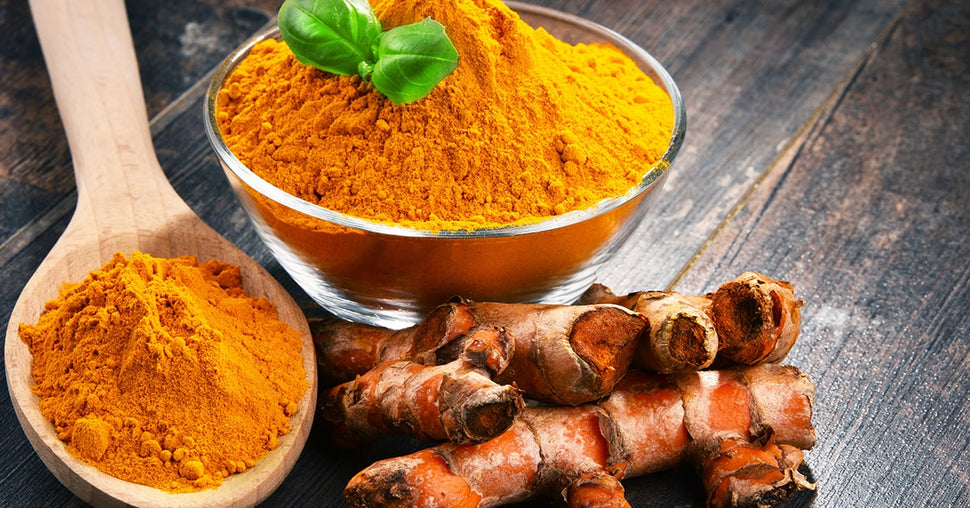Turmeric Tales: The Real Story Of How The Golden Spice Was Used In Ayurveda
20 May 2020
Turmeric is known as the wonder spice for all the right reasons. It holds religious significance, is a functional food, and is also used in medicine. It truly has elaborate uses and is a key item in most households, yet most people don’t know much about turmeric history or the turmeric ayurveda connection.
Turmeric history dates back to more than 4,000 years – to the Vedic culture in India. Back then, it was a sacred spice used in religious rituals and has mentions in Sanskrit texts and the Ayurvedic Unani system as a medicinal herb . In fact, these are some of the earliest records of turmeric history and origin.
For centuries, turmeric was used only in India, until 700 AD, when it reached China. Then it was just a matter of time before it reached the other major parts of the world. In 800 AD it reached East Africa, then West by 1200 AD and Jamaica in the 18th century . The Arabs were the ones to introduce this magic spice to Spain, and it, for a long time, remained the only European country to use turmeric in its cuisine .

By the 18th century, turmeric was used in a number of countries, and naturally, it was given different names. It was known as Cúrcuma in Spain, which came from the Arabic name, Kurkum. The Arabic name of turmeric led to a lot of confusion as Kurkum means saffron in Arabic, therefore turmeric was mistakenly referred to as the Indian saffron or the poor man’s saffron. This confusion lingered around for a while, until turmeric reached every nook and corner of the world, and was identified for its own unique properties .
Speaking about properties, turmeric has some unusual usages like giving a gold appearance to certain metals during the 17th century and was also used to color margarine and cheese around the end of the 19th century. Today, turmeric is associated with Indian cuisine and a number of studies and researches have highlighted the umpteem therapeutic properties of it . The strong turmeric ayurveda connection has been reinforced by such findings.

Medicinal History
The history of turmeric and Ayurveda is closely interwoven. For a very long time, turmeric was used in numerous medicinal procedures in the practice of Ayurveda. Inhaling fumes of burning turmeric was said to alleviate congestion. Ointments created with turmeric paste were and are still used to heal wounds, bruises and a number of skin conditions . It’s medicinal properties also include controlling inflammation, improving digestion, relieving gas, regulating menstruation, and even relieving arthritis.
In ancient times, the medicinal usage of turmeric was more profound – from treating a pregnant woman to a drug addict, it was everywhere. You may have not heard but roasted turmeric was used to alleviate the hallucinatory effects of hashish and other psychotropic drugs .
How Turmeric Is Used Across The Globe
The usage of turmeric varies in various countries, expanding beyond the original turmeric ayurveda connection. In many South Asian countries, it is used as an antiseptic for burns, bruises and cuts, and as an antibacterial agent. It holds the value of an anti-inflammatory agent and as a reliever of gastrointestinal discomfort. It is also used to cleanse wounds and stimulate their recovery. Indian Ayurveda has an entire barrage of text that enlists the usage and benefits of turmeric . In ancient times, Indians placed a piece of turmeric on the forehead of a newborn baby and held it there for a few seconds as it was considered to bring good health to the baby. Some Pacific Island tribes wore a piece of turmeric as an amulet as they believed it’d keep the evil spirits away.
Skin: Renew - Glutathione - Orange Flavour
- ₹1,996
- ₹1,996
-
₹2,800 - ( 28% OFF)
Categories
- Choosing a selection results in a full page refresh.
- Press the space key then arrow keys to make a selection.
this is the sidecart










